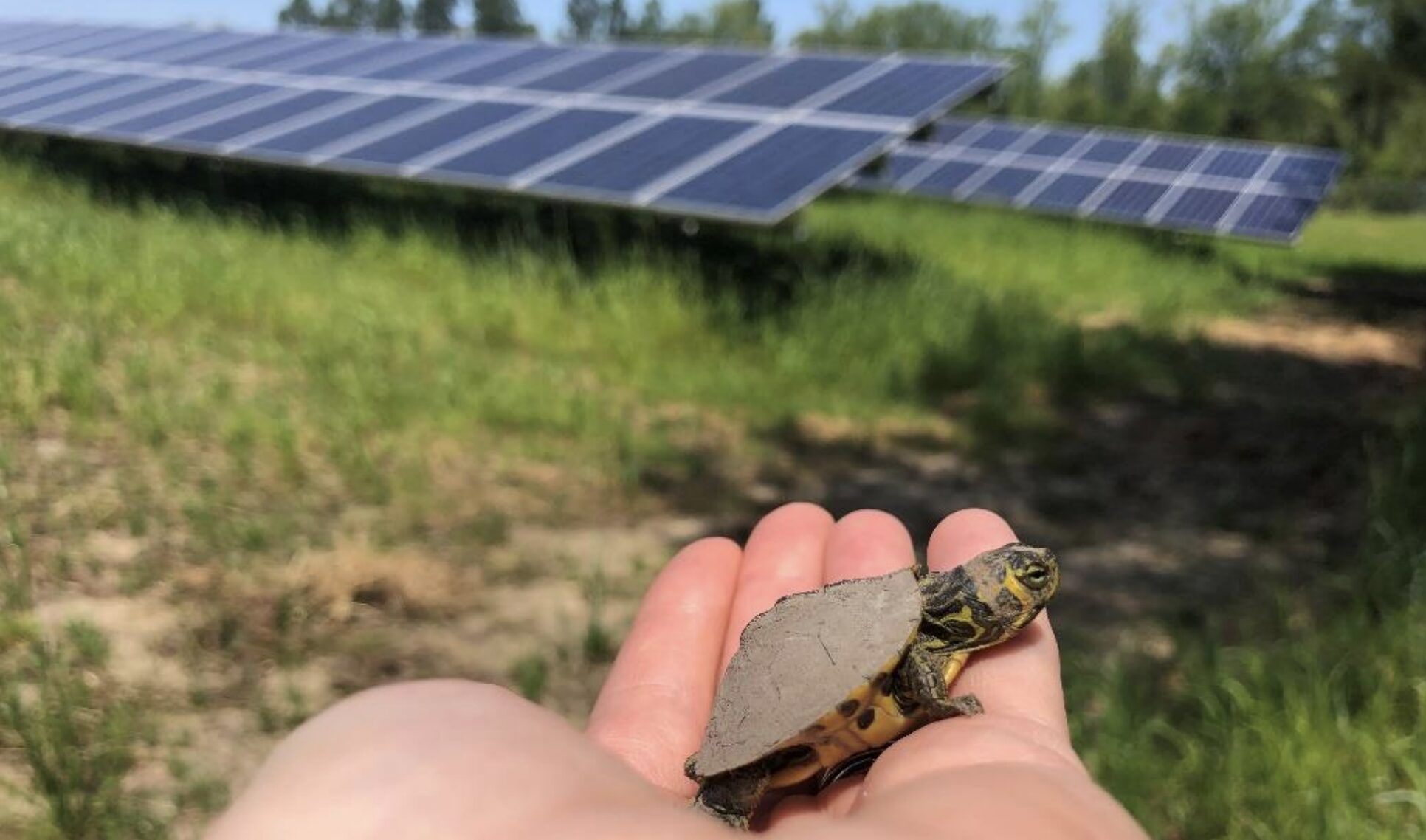
A New Biofuel – Mixed Prairie Grasses

Mixed prairie grasses, grown on degraded land, may be a better source of biofuel than corn ethanol or soybean biodiesel. The study, led by David Tilman at the University of Minnesota, showed that fuel made from prairie grass yields 51 percent more energy per acre than ethanol from corn grown on fertile land. Using prairie grass as a biofuel could be a vital renewable energy, as plants store more carbon in their roots and soil than is released by the fossil fuels used to grow and convert them into biofuels. This means that growing the prairie grasses provides an energy source and helps remove carbon from the atmosphere to help mitigate global climate change. Another advantage that the prairie grasses hold over corn or soybean crops is that the grasses can grow on otherwise unusable, abandoned agricultural land. Because of these uses, prairie grass biofuels represent an economically viable form of renewable energy that does not compete for the fertile soils used in food production. Tilman’s results come from more than 10 years of research at the NSF-funded Cedar Creek Long Term Ecological Research Site in Minnesota.




















